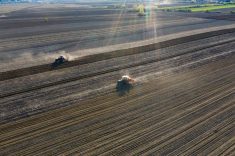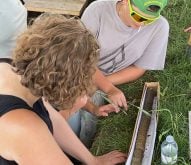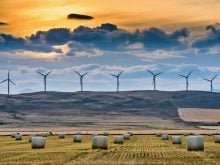John Kolk’s farm near Enchant in southern Alberta, like many others in his area, sits on light, sandy loam soil. That can be a problem come planting time when strong chinook winds roll down from the Rockies as they typically do in the spring.
Kolk says the combination of hard-blowing winds and sand that’s whipped up is tough on his emerging crops.
“Some years we don’t have much trouble with it, but most years we get this ugly wind,” he says. “It will cut the plants off right at the surface.”
Read Also

Claas brings 1000 Series SP forage harvesters to Canada
In mid-August, Claas unveiled its new line of Jaguar forage harvesters at an event in Visalia, California, deep in the heart of that state’s dairy region.
For Kolk, the answer has been strip tillage, a conservation form of tillage that only disturbs the soil in the seed row. While it has been used in some areas of the U.S. Midwest for some time, the practice is relatively new to the Canadian Prairies.
Kolk, who practices no till for most of his other crops, started using strip tillage four years ago for corn and a couple of speciality crops, seed canola and dry beans.
“The biggest driver for me was to try and reduce wind erosion and young plant damage on cultivated land in the spring,” he says, noting stubble left in between the seed rows provides valuable protection for seedlings.
Kolk says soil in the tilled strips tends to warm up more quickly, promoting germination. In dry beans, the weak roots can grow deeper.
“We’ve also put some fertilizer down in the row when we strip till, which I think for corn has some value,” says Kolk.
“If you know what issues you’re trying to solve, such as around wind erosion and maybe warming the soil and fertilizer placement, I believe it’s worthwhile doing.”
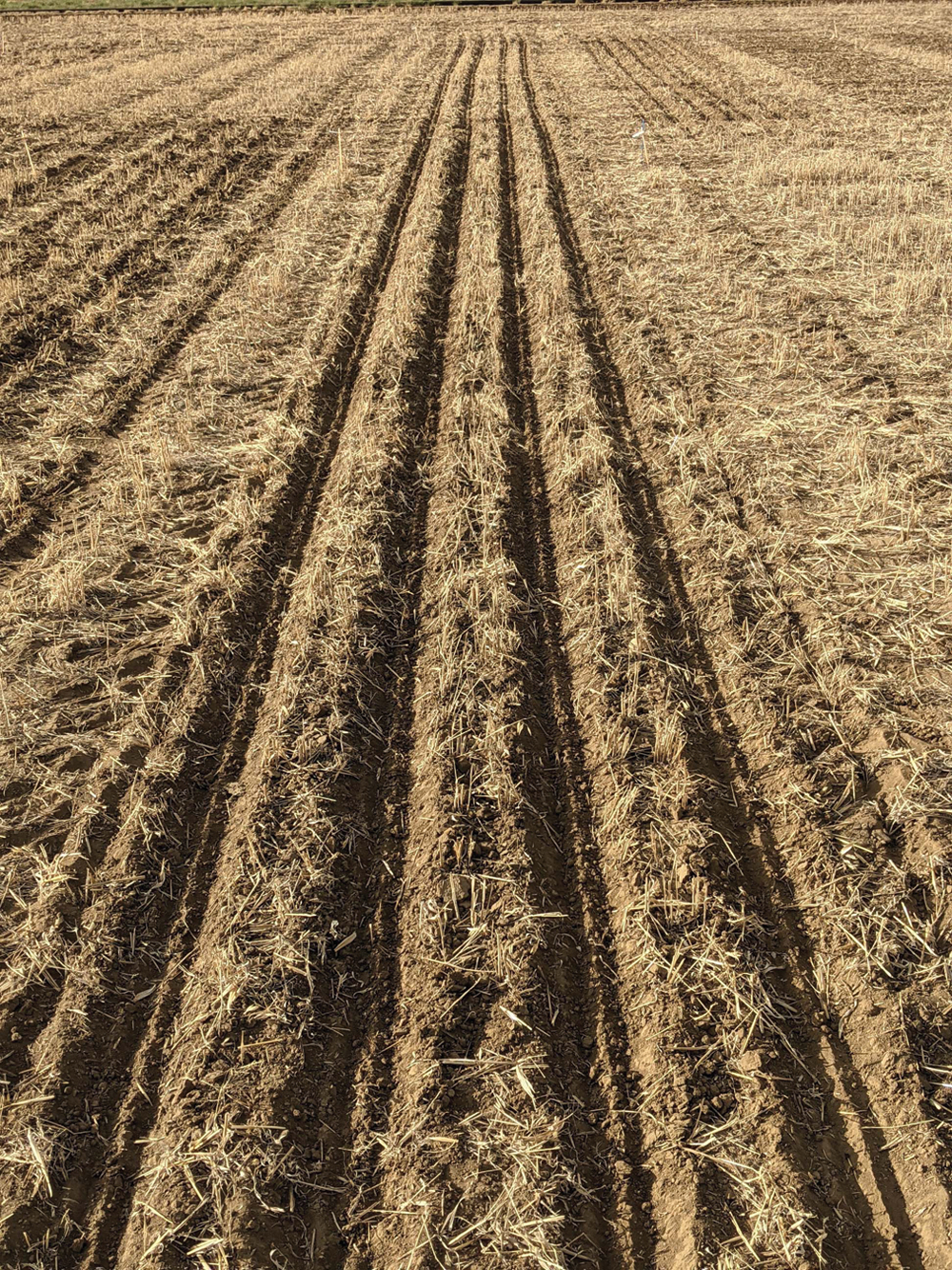
Soil health benefits
Kolk maintains anything that reduces tillage in his fields should have soil health and carbon sequestration benefits, since less soil organic matter is being disturbed.
“You’re tilling one-third of the field so you’re losing less carbon and keeping the soil microbiome healthier,” he says. “You might still lose a third of it or somewhat less, but you’re not losing all of it.”
When it comes to yields, Kolk says the results have been about the same as he’d get with full tillage, “occasionally a bit better, occasionally a bit worse. I’m not sure we have a total yield win yet, but I think the potential is there that we can probably get more consistent yields.”
Kolk says his strip tillage system does make weed management a bit more complicated. That’s because weeds in tilled and untilled areas will develop at different times, which has implications for herbicide treatments.
Kolk notes it has also taken some trial and error to get the system working well.
“The first year we did it, it was a bit too cold out and we tried seeding too quickly afterwards, so we lost some corn. I think we’re starting to get the game down fairly well, but you’re always learning something.”
Kolk says for him, the biggest downside to strip tillage was the startup cost. He notes American manufacturers such as Yetter Farm Equipment, SoilWarrior and Orthman all produce reliable strip till equipment but it’s not easily available in Canada, which is why Kolk had his strip till equipment custom made.
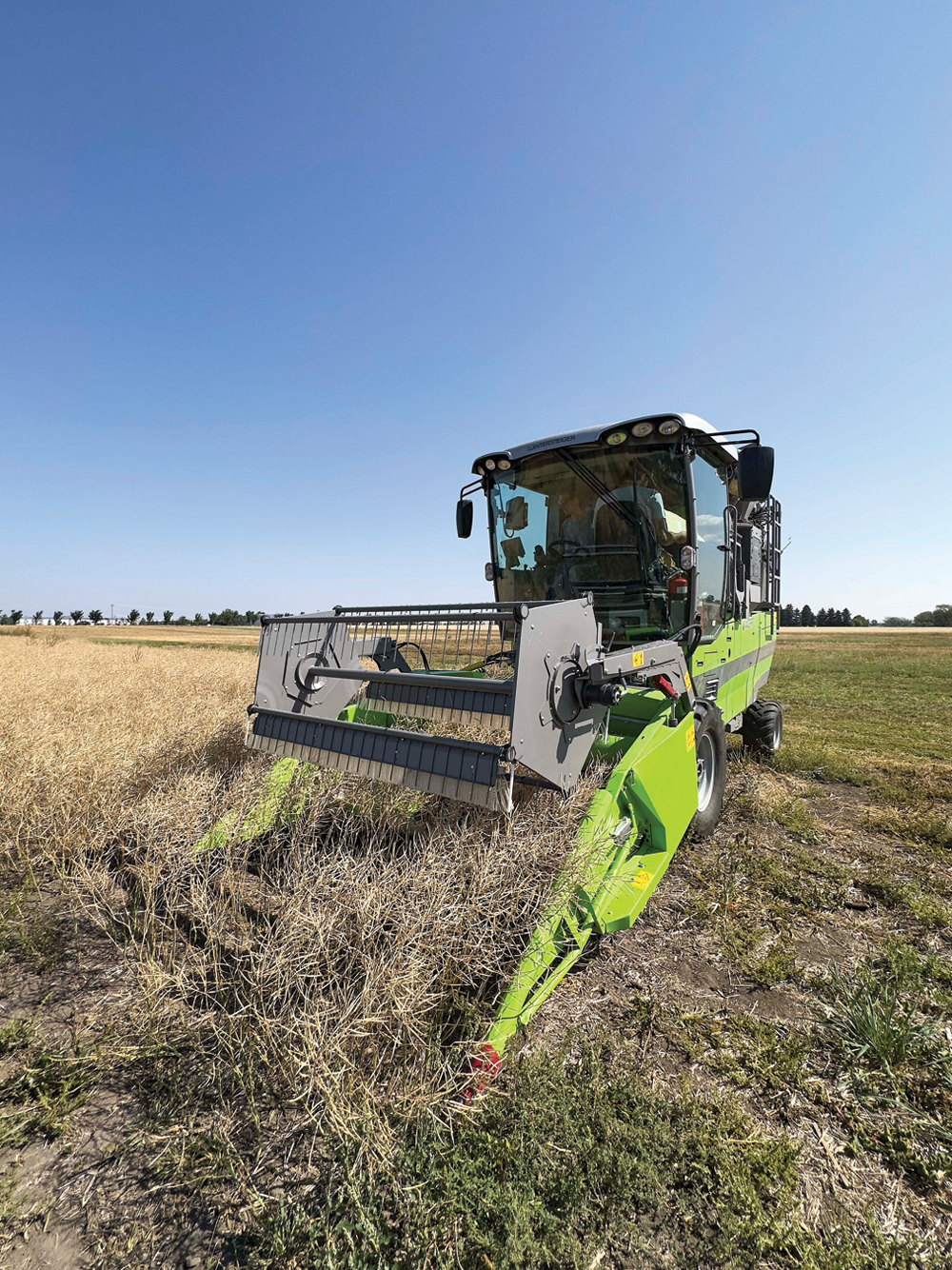
The implement, constructed by mounting a 12-row Yetter strip till unit onto a Kirchner toolbar, cost $60,000. Kolk says he believes it would be considerably more expensive to have a 24-row unit built this way.
“Certainly, the cost is not insignificant,” he says. “I think that as a package, strip till for specialty crops has some good value. You have to want to do it, because it is going to cost you, and I think the results come slower than you would like.”
Farming Smarter study
Carlo Van Herk is a research technician at Farming Smarter, an Alberta-based organization that tests new ag practices and shares what it learns with farmers. He has been studying strip tillage as part of a project Farming Smarter launched with Lethbridge College in 2021.
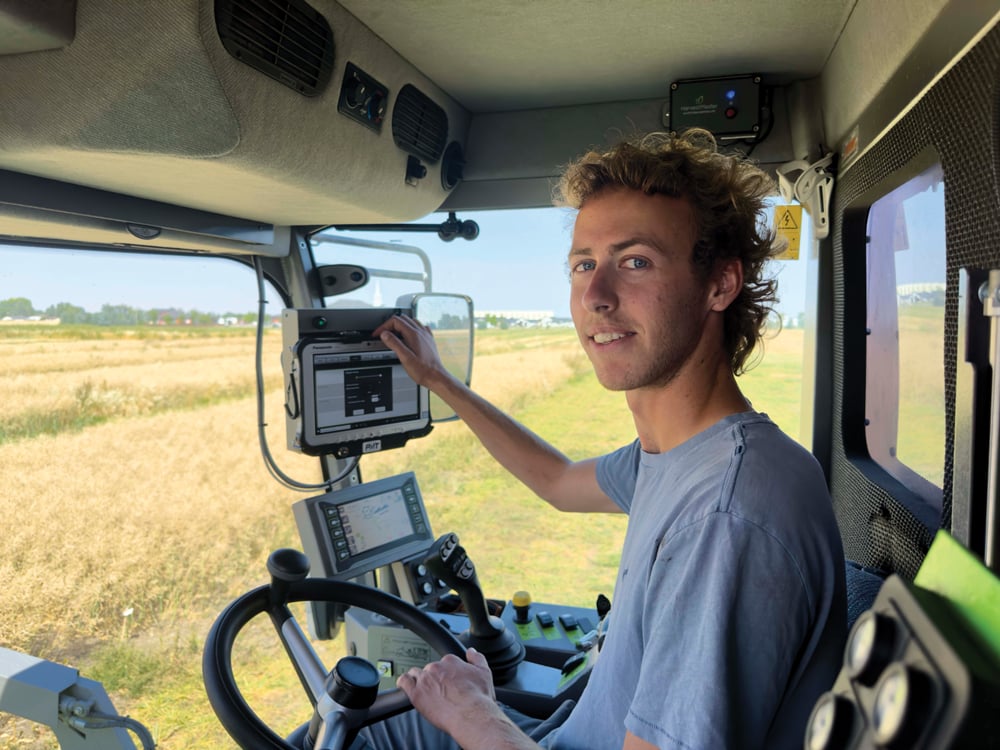
Van Herk says his research, which is examining the effect of strip till and precision planting on canola, has shown strip tillage “offers benefits of a no-till system and a full-till system in one.
“For example, you have better seed-to-soil contact. The soil is fluffy where the seed is, where it counts. The soil will dry up a little bit quicker with strip till, so you’re able to perhaps seed a little bit earlier. The soil will also warm up more quickly because the pores are opened up and there’s more airflow.”
Van Herk says having untilled areas beside the tilled rows acts to conserve moisture and preserve soil organic matter along with the microbiome of beneficial organisms in those parts of the field.
“In this way, strip tillage is like that medium ground between no-till and full-till systems,” he says, adding standing stubble between the seed rows also provides vital protection for seedlings against wind and water erosion.
Van Herk says strip tillage wasn’t statistically shown to improve canola yields in his study, but there has been all kinds of research that highlights the benefits of reduced tillage to soil health.
“Saving your topsoil has been the focus here (in southern Alberta) for years. You try to protect it and prevent it blowing into the ditches down the road,” he says. “It all goes to sustainability. If we want to protect our land and keep it healthy, we should try to do everything we can for that.”
Field trials
This summer marked the third and final year of field trials in Van Herk’s study. The trials took place across southern Alberta, with plots grown in Lethbridge, Brooks, Bow Island and Stirling.
“We brought the trial up to different areas as well, so we have different soil types and some different microclimates,” says Van Herk, adding the precision planting aspect of the research yielded some very useful results.

Widely used by seed canola producers in southern Alberta, precision planters have been tested by Farming Smarter on numerous canola, cereal, corn and pulse crops in recent years. According to Van Herk, they’ve all been shown to lead to better emergence, quicker canopy closure and better yields.
That was the case as well in this study, which compared results achieved by a Monosem precision planter to three different seeding methods with air drill seeders that ranged from high to low soil disturbance.
Results from field trials in 2021 and 2022 show improvements of as much as four to five per cent for emergence and five to 10 per cent for canopy closure, as well as a 10- to 20-bushel-per-acre yield increase with the precision planting technique.
Van Herk says canola also generally flowered a day earlier with precision planting compared with the other seeding methods in the study.
He notes that’s important when temperatures are high like they were this past spring and summer around Lethbridge. The region experienced 30-degree heat in May and 40-degree heat in August.
“Canola suffers a lot with heat stress,” says Van Herk. “If the canola plant is still flowering in that weather, it’s going to be aborting pods. Having that flowering occur a little earlier when it’s cooler will help prevent aborted pods.”





